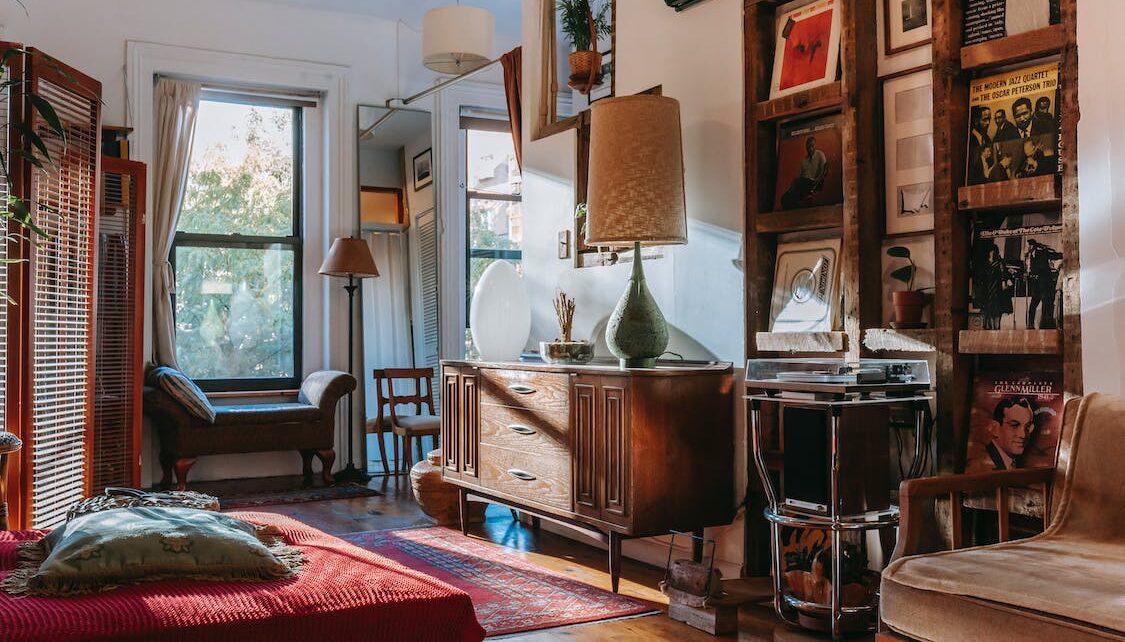Antique furniture can be a great investment, providing beauty, character and value to your home. Sydney has a wealth of antique shops, making it an exciting place to hunt for unique and valuable pieces. However, buying antique furniture can be a daunting task, especially if you don’t know what to look for. Here are eight red flags to watch out for when purchasing antique furniture in Sydney.
Condition Issues
Antique furniture has lived a long life, and as such, it’s not unusual for pieces to have some condition issues. However, if the furniture is in poor condition, it could be a sign that it’s not worth the investment. Look out for signs of significant damage, such as large cracks, breaks, or extensive damage to the finish. Small nicks and scratches are expected and add to the piece’s charm, but it’s essential to make sure that any significant issues are addressed before you make a purchase.
Repairs and Restorations
It’s not uncommon for antique furniture in Sydney to have undergone repairs or restorations in its lifetime. However, it’s important to assess the quality of these repairs. Poorly executed repairs can negatively affect the value of a piece, so it’s essential to look for evidence of professional workmanship. Look for signs of patchwork, mismatched finishes or woods, and obvious signs of modern-day tools or materials.
Inaccurate Age Claims
Many antique furniture pieces come with age claims, but it’s not always easy to verify these claims. Unfortunately, some sellers may try to mislead buyers by claiming that a piece is older than it actually is. If you’re unsure about a piece’s age, ask the seller for evidence of its provenance or consider having the piece appraised by a professional.
Unreasonable Prices
If a piece of antique furniture seems too good to be true, it probably is. Bargains are rare in the antique furniture market, and if a seller is offering an item at a price significantly below market value, it could be a sign that the piece is not authentic or has condition issues that are not immediately apparent. Be wary of sellers who refuse to negotiate or who are unwilling to provide a written receipt.
Lack of Provenance
Provenance refers to the documented history of an antique piece. Knowing a piece’s provenance is important as it can add significant value, and provides context and history. If a seller cannot provide provenance or seems evasive when asked about the piece’s history, it could be a red flag that the piece is not authentic.
Inconsistent Design Elements
Antique furniture pieces are typically constructed with great care and attention to detail. As such, any inconsistencies in design or construction could be a sign that the piece is not authentic. Look for inconsistencies in wood grain, finish, or hardware that could indicate a problem with the piece’s provenance.
Mismatched Pieces
Some antique furniture pieces are made up of multiple components, such as a desk with a detachable hutch. If you’re considering purchasing a piece with multiple components, make sure that all the pieces are original to the piece and that they match in terms of design and finish. Mismatched pieces can significantly reduce a piece’s value.
Lack of Detail
Authentic antique furniture pieces are typically constructed with intricate details and fine craftsmanship. If a piece lacks these details, it could be a sign that it’s not authentic. Look for signs of hand carving or other details that indicate the piece was made by hand.
Take Your Time and Do Your Research
In conclusion, purchasing antique furniture in Sydney can be an exciting and rewarding experience, but it’s crucial to be aware of these red flags to avoid making a costly mistake. By being aware of these eight red flags, you can make an informed decision and invest in a piece of antique furniture that will bring beauty, character, and value to your home for years to come.



